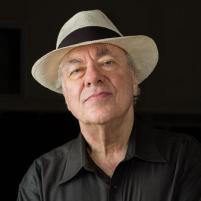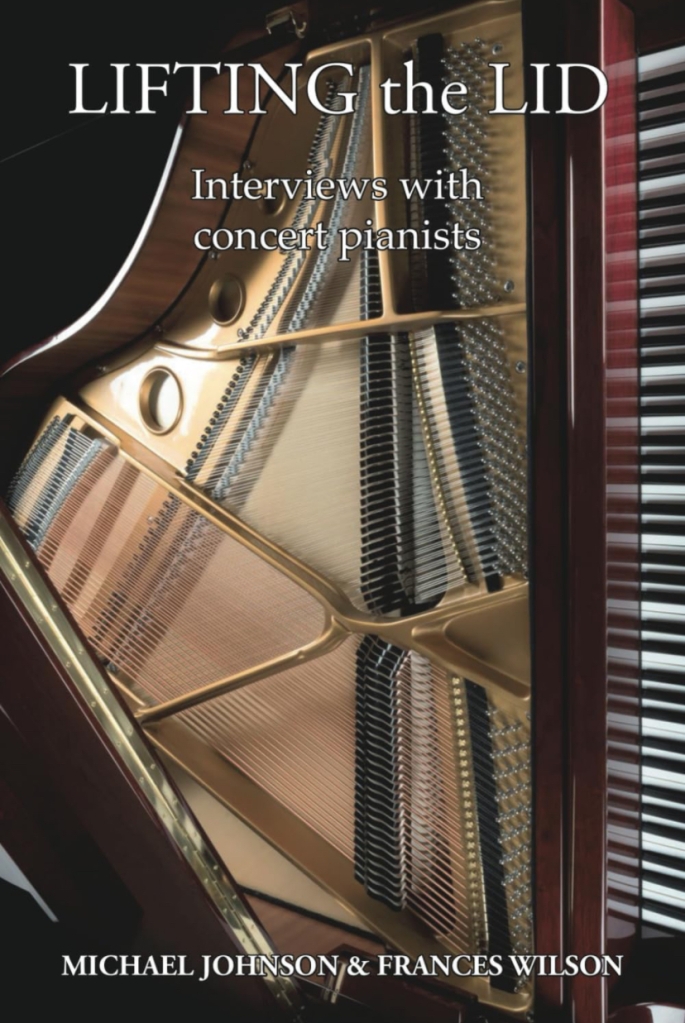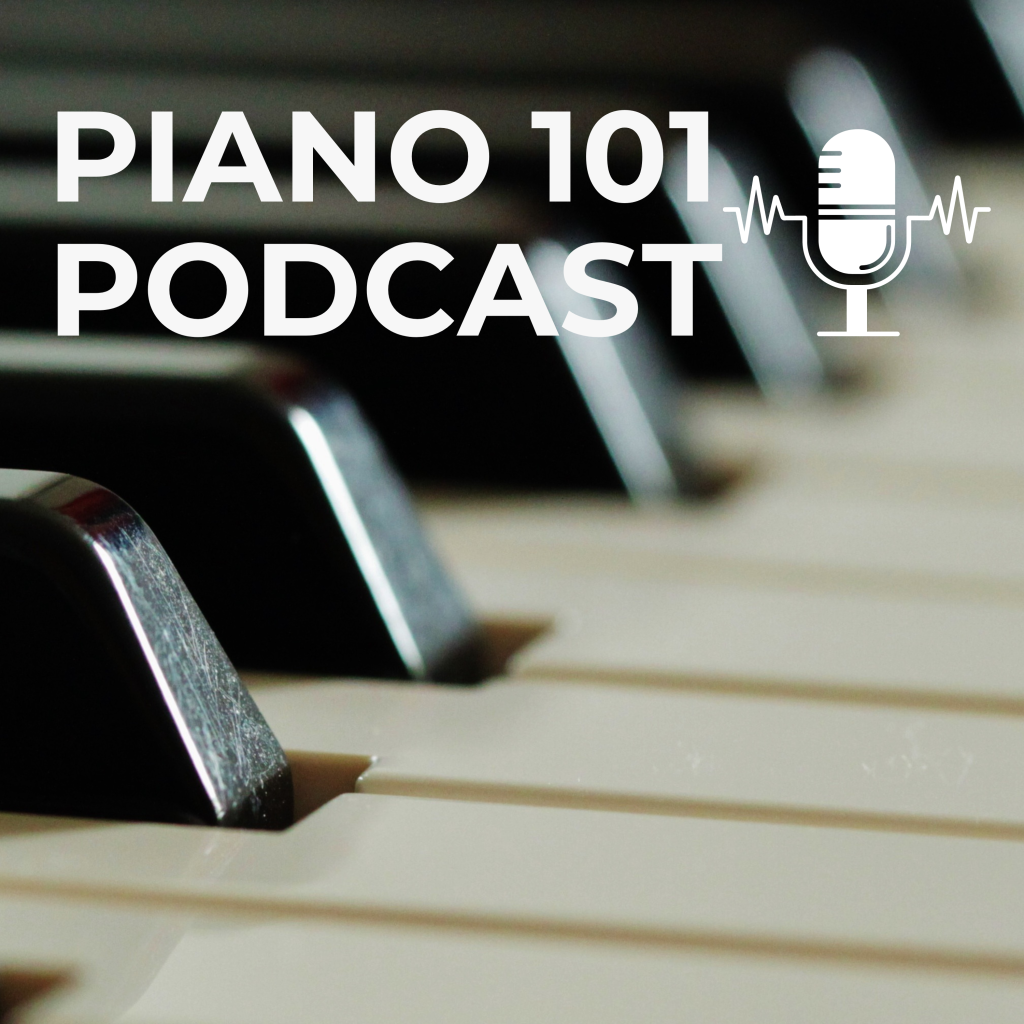Richard Goode plays Schubert’s last three piano sonatas at Royal Festival Hall, Wednesday 25th May 2016
“….the most delicate nuance, significance everywhere, the keenest expression of the particular, and finally the whole suffused with a romanticism…..And the heavenly length…..”
 This quote from Schumann actually refers to Schubert’s “Great” C major Symphony, but the phrase “heavenly length” is often used in relation to Schubert’s late piano sonatas. The final triptych, drafted in the spring of 1828 and completed a few months before Schubert’s death in the autumn of the same year (extant manuscripts suggest a preliminary sketch and then a full final version), are big works, each with four movements, meticulously structured with cyclic motifs running through each individual sonata and the set as a whole, revealing Schubert’s innate sense of musical geometry and bold treatment of the traditional sonata form. These are works in which one sees the entire arc of the work mapped at the very beginning, neatly concluded at the close of the finale, and it takes a particular performer to tackle both this musical architecture and the sonatas’ length.
This quote from Schumann actually refers to Schubert’s “Great” C major Symphony, but the phrase “heavenly length” is often used in relation to Schubert’s late piano sonatas. The final triptych, drafted in the spring of 1828 and completed a few months before Schubert’s death in the autumn of the same year (extant manuscripts suggest a preliminary sketch and then a full final version), are big works, each with four movements, meticulously structured with cyclic motifs running through each individual sonata and the set as a whole, revealing Schubert’s innate sense of musical geometry and bold treatment of the traditional sonata form. These are works in which one sees the entire arc of the work mapped at the very beginning, neatly concluded at the close of the finale, and it takes a particular performer to tackle both this musical architecture and the sonatas’ length.
Some pianists, and scholars, feel these sonatas can be legitimately “shortened” by omitting the exposition repeat in the first movement. In the C minor (D958) and A major (D959) sonatas, this repeat adds only c5 minutes to the length, while in the final sonata in B flat (D960) observing the repeat creates a first movement of c20 minutes, which is as long as an entire early to mid-period Beethoven sonata. Personally, I always feel somewhat cheated myself, and on behalf of the composer, if the exposition repeat is omitted in performance or on a recording. But I suspect some pianists omit the repeats because they feel the audience cannot cope with such a long programme, or perhaps because the performer wants to be out of the hall and heading home before the pubs close. This misjudges audiences’ expectations, in my opinion. Those of us who choose to hear Schubert’s last three piano sonatas in concert are prepared for a long evening – that is the great pleasure of this music when played well.

Occasionally, very occasionally, I go to a concert where from the opening notes I can tell it will be a perfect evening. This year there have already been a few (Pavel Kolesnikov playing Debussy Preludes at Wigmore Hall, Steven Osborne at St John’s Smith Square, Pierre-Laurent Aimard playing Messiaen’s ‘Vingt Regards’ at Milton Court); these really are the “wow” moments of my concert-going life, performances so outstanding, exhilarating, spell-binding, magical and above all memorable, that to write a review of the event afterwards has felt like a heavy task because I could never put into words exactly why the concert was so wonderful. I deliberately chose not to review Richard Goode’s concert for Bachtrack.com (and yet here I am writing about it now) because I wanted to immerse myself in the sound, to listen to every note, every idea, every nuance, every shading and colour. I didn’t want to have to get up the next morning, with the memory of the music still resonating in my mind and imagination, and “explain” the concert in a review.
I’m not going to describe each sonata in detail – there will be other reviews no doubt for that. In fact, what follows is a series of responses to what I heard, notes I made in the programme during the concert, and thoughts shared between myself and my concert companion.
Heavenly length
Richard Goode observed all the exposition repeats, yet at no point did the sonatas feel long. Some pianists feel a need to muck around with the pulse and rhythm in Schubert in an attempt to highlight aspects such as the rapid emotional voltes faces or extraordinary harmonic shifts which colour Schubert’s music. In fact, by maintaining a clear sense of pulse and rhythmic vitality the longer first and final movements moved forward apace, yet never hurrying nor pushing the tempi, and the works actually felt short, even with all exposition repeats intact. In all three sonatas, the finales were vibrant and colourful – in the D958 the tarantella became a witty dance, in the D959 and D960 one felt Schubert’s urge to say more, so much more, that the ideas were still tumbling from his mind and pen.
Schubert’s soundworld
Goode can do Beethovenian robustness and muscularity when required (the C minor Sonata contains a number of obvious “hommages” to Beethoven, while the references are more subtle in the D959 and D960), but he has a keen sense of the ethereal qualities of Schubert’s writing too. Thus his fortes and fortissimos were rich and orchestral, never strident, while the softest end of the dynamic range was delicate yet still focused. At times the sound shone or glowed from within, thanks to Goode’s superlative clarity of tone, touch and articulation. Schubert’s magical and daring harmonic shifts were highlighted, Goode lingering over them briefly before moving on to the next one, so that they became fleeting and elusive rather than obvious.
Simple but never simplistic
There’s an awful lot of baggage, theorising and debate surrounding Schubert’s late music, in particular the extraordinary Andantino of the D959, a slow movement quite unlike anything else Schubert wrote. That Schubert was dying of syphilis and the debilitating side-effects of the cure is known and documented; likewise that he was living in a city ravaged by war and social upheaval. Whether these sonatas are his response to his illness or his social situation, or are his “last words”, a farewell, a valediction, is open to debate, but I get frustrated by pianists who try to read too much into the music and allow their interpretations to be overly psychological, clouded by the psychobabble. Goode’s approach to this music is straightforward – he gives us what is on the page but what we hear is enriched by his long association with this music and his evident understanding of it.
Some pianists take the Andantino at Adagio and turn it into a funeral dirge. Goode opted for a lilting tempo to highlight the simple melancholic folksong qualities of the opening melody. The middle section opened like a Bachian fantasy, increasingly interrupted by the frenetic trills and triplets before the full savagery was unleashed. In the slow movement of the D960, the tempo was restrained, but it never dragged. The result was a movement of extreme concentration and contemplation whose atmosphere shrank the vastness of the Royal Festival Hall to the intimacy of Schubert’s salon. Compare this to the expansiveness and breadth of the first movement which unfolded like a great river plotting its final course.
This for me was an example of how Schubert’s piano music should be played: unfussy (yet with a clear understanding of the importance of the music’s bold structures and harmonic landscape), witty, robust, melancholy, joyful, intimate and expansive. Richard Goode returns to the Festival Hall in 2017 in a programme of Beethoven – a concert I greatly look forward to.
Just to add that Goode played the entire programme from the score, with a page-turner (his wife in fact): at no point did this detract from his ability to communicate this wonderful music.





